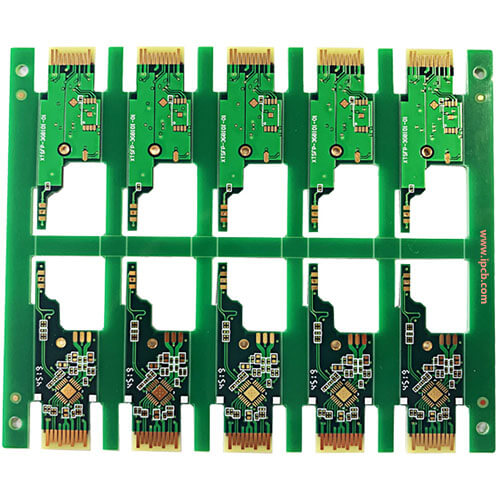In ordinary digital circuit design, we rarely consider the heat dissipation of integrated circuits, because the power consumption of low-speed chips is generally very small, and under normal natural heat dissipation conditions, the temperature rise of the chip will not be too large. With the continuous improvement of chip speed, the power consumption of a single chip has gradually increased. For example, the power consumption of Intel's Pentium CPU can reach 25W. When the natural conditions of heat dissipation can no longer control the temperature rise of the chip below the required index, it is necessary to use appropriate heat dissipation measures to accelerate the release of heat on the chip surface, and make the chip work within the normal temperature range.

Under normal conditions, the transfer of heat includes three ways: conduction, convection and radiation. Conduction refers to the transfer of heat between directly contacting objects from the higher temperature to the lower temperature. Convection transfers heat through the flow of fluid, while radiation does not require any media. The heating element directly releases heat to the surrounding space.
In practical applications, there are two ways to dissipate heat, radiator and fan, or the use of both at the same time. The radiator conducts the heat of the chip to the radiator through close contact with the surface of the chip. The radiator is usually a good heat conductor with many blades. Its fully expanded surface greatly increases the heat radiation and at the same time circulates air. It can also take away more heat. The use of fans is also divided into two forms, one is directly installed on the surface of the radiator, and the other is installed on the chassis and rack to increase the air flow rate in the entire space. Similar to the most basic Ohm's law in circuit calculations, there is a most basic formula for heat dissipation calculations:
Temperature difference = thermal resistance * power consumption
In the case of a radiator, the "resistance" of heat release between the radiator and the surrounding air is called thermal resistance, and the size of the "heat flow" between the radiator and the air is represented by the power consumption of the chip, so that the heat flow is dissipated by the heat. When the radiator flows to the air, due to the existence of thermal resistance, a certain temperature difference is generated between the radiator and the air, just as a voltage drop will be generated when a current flows through a resistor. Similarly, there will be a certain thermal resistance between the heat sink and the surface of the chip. The unit of thermal resistance is °C/W. When choosing a radiator, in addition to the consideration of mechanical dimensions, the most important parameter is the thermal resistance of the radiator. The smaller the thermal resistance, the stronger the heat dissipation capacity of the radiator. Here is an example of calculation of thermal resistance in circuit design to illustrate:
Design requirements:
Chip power consumption: 20 watts
The highest temperature that the chip surface cannot exceed: 85 degree Celsius
Ambient temperature (maximum): 55 degree Celsius
Calculate the thermal resistance of the required heat sink.
The actual thermal resistance between the heat sink and the chip is very small, so 01 degree Celsius/W is taken as an approximation. but
(R + 0.1) * 20W = 85 degree Celsius-55 degree Celsius
Get R = 1.4 degree Celsius/W
Only when the thermal resistance of the selected heat sink is less than 1.4°C/W can the chip surface temperature not exceed 85°C.
Using a fan can take away a lot of heat from the surface of the radiator, reduce the temperature difference between the radiator and the air, and reduce the thermal resistance between the radiator and the air. Therefore, the thermal resistance parameters of the radiator are usually represented by a table.
The above is the introduction of heat dissipation considerations inhigh-speed PCB design. Ipcb is also provided to PCB manufacturers and PCB manufacturing technology